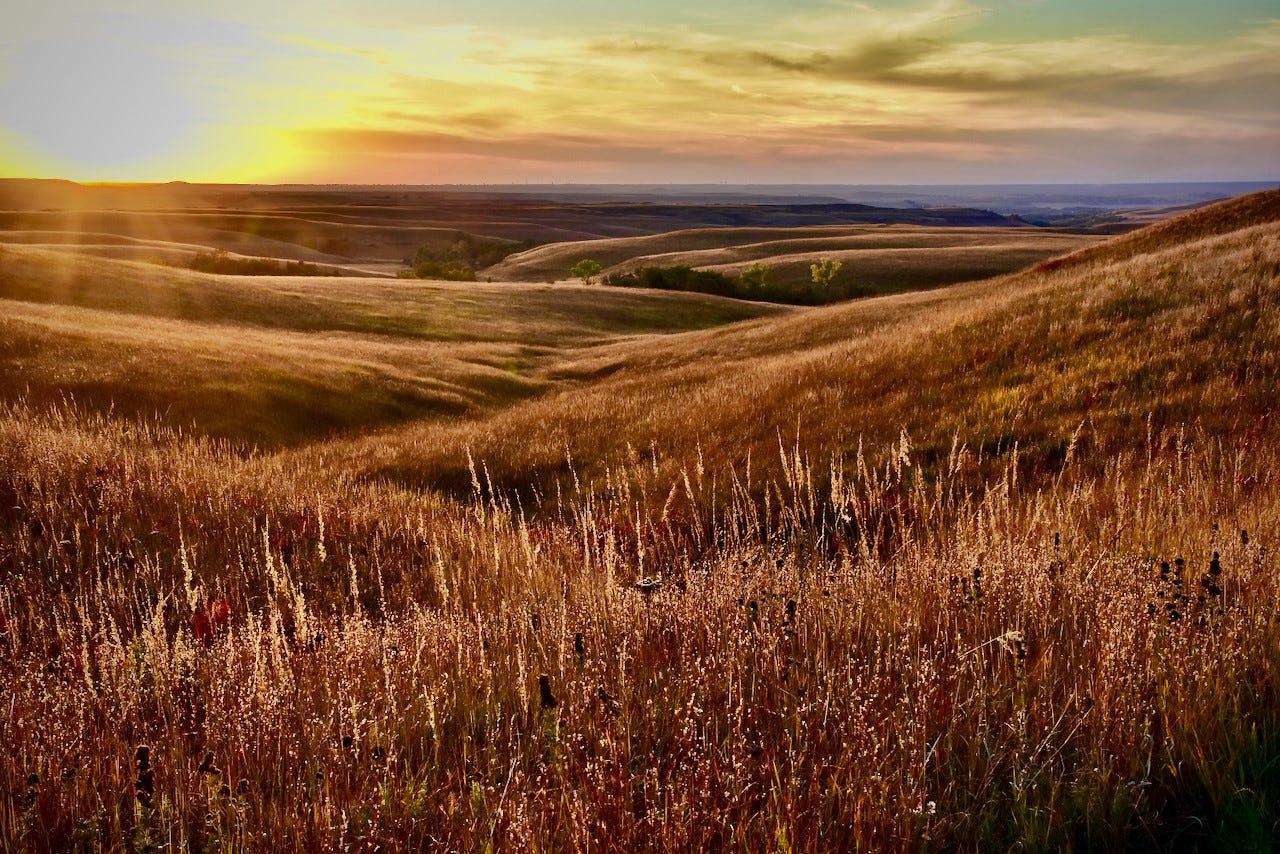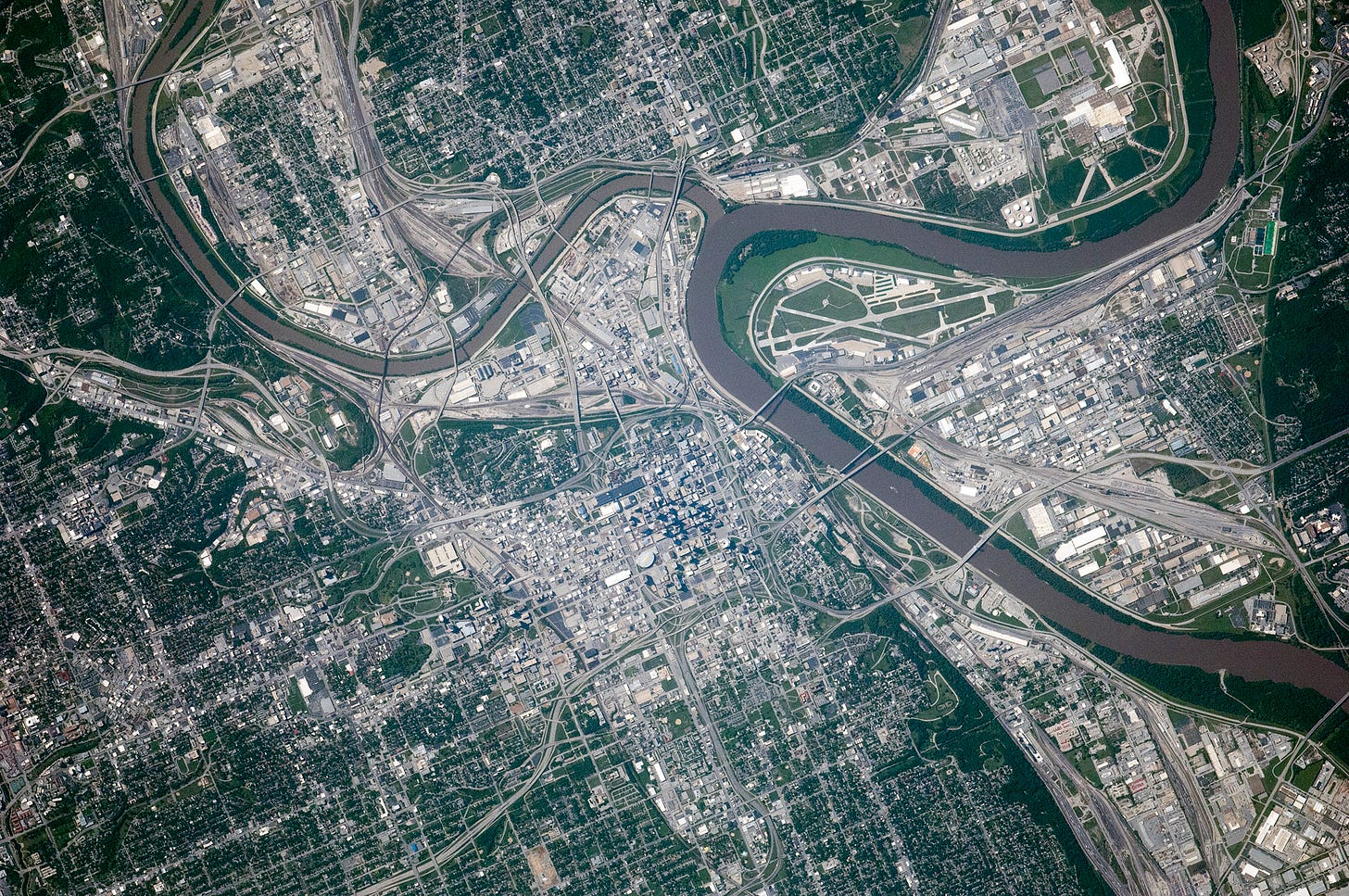Pop Quiz! Which of Earth’s ecosystems is the most vulnerable and endangered?
If you answered the grasslands, congratulations! Those grasslands that survived arable land development are ranked among our most vulnerable and endangered ecosystems globally, due primarily to urban and industrial expansion.
The Konza Prairie, located in the Flint Hills of north-eastern Kansas, USA, is one of the best and last remaining examples of Tall Grass Prairie.

Historically protected from development and cultivation by an under-lying stratum of limestone rock, it is unsuitable for cultivation and has, thus, survived.

I’ve seen different maps showing greater extent of the prairies, but it’s frequently stated that only 4% of the original tallgrass prairie remains.
As reported by Seto et al. (2011)1, “the conversion of Earth's land surface to urban uses is one of the most irreversible human impacts on the global biosphere. It drives the loss of farmland, affects local climate, fragments habitats, and threatens biodiversity.”

From 1970 to 2000, the worldwide urban land area increased by 58,000 km2, an area nearly twice the size of Belgium, larger than 72 individual countries.
India, China, and Africa experienced the highest rates of urban land expansion, but the largest change in total urban extent occurred in North America.
By 2050, only 25 years from now, more than seventy percent of humanity will live in urban areas.
The loss of grazing lands doesn’t “just” result in loss of red meat and other animal product production. In addition to the effects listed by Seto, et al. quoted above, there are impacts upon fire safety, ground water, and numerous ecosystem services.
This video of Producers Forum from the XXV International Grassland Congress (2023) provides perspective on this issue from the four ranchers who come from different regions of North America.
Seto, K. C., M. Fragkias, B. Güneralp and M. K. Reilly (2011). "A Meta-Analysis of Global Urban Land Expansion." PLosS ONE 6(8): e23777. https://journals.plos.org/plosone/article?id=10.1371/journal.pone.0023777





